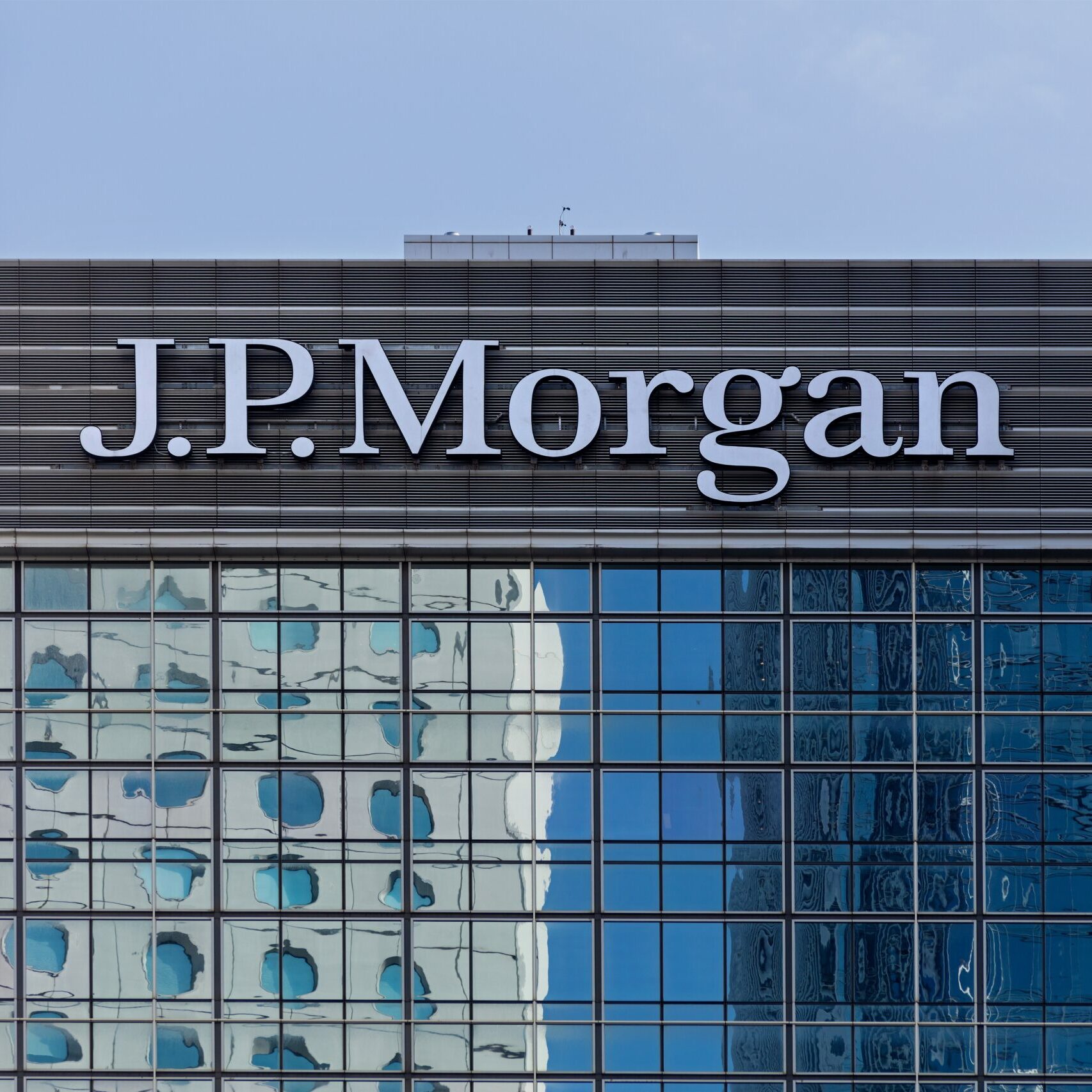Agecroft’s Don Steinbrugge (pictured) writes that rising short term interest rates should help some hedge fund strategy returns.
Steinbrugge writes: “The Federal Reserve increased its target range for the federal funds rate by 25 bps to 1.50-1.75 per cent on Wednesday, March 21. This marks the sixth incremental increase since December 2015 following the dramatic cut in rates during the financial crisis. In addition, the Fed has indicated that it is forecasting two to three more increases in 2018, three increases in 2019 and two more increases in 2020. If the Fed follows through with its projected rate hikes, we can expect a federal funds rate of 3.5 per cent by 2020.”
Steinbrugge observes that most people associate rising interest rates with declining asset values.
“In fixed income markets, there is an inverse relationship between interest rates and bond values whose sensitivity to interest rates is measured by duration. This relationship also applies to equity valuations, though to varying degrees due to different valuation methods. Many investors believe that, ultimately, the value of a company is the present value of its future earnings. Future earnings are negatively impacted by increasing interest rates which increase the cost of borrowing and reduce many firms’ bottom lines. Additionally, the present value of those future cash flows is reduced when discounted at a higher interest rate. Nonetheless, rising short term rates can have a positive impact for the many hedge fund strategies that hold large cash positions.”
Steinbrugge gives CTAs as an example of a hedge fund strategy that holds a lot of cash.
“CTAs take positions in commodities, currencies, equity indexes, and interest rates through the futures market. The inherent leverage structured into these instruments result in many CTAs deploying only 10-20 per cent of their capital. The balance is allocated to short term fixed income instruments. Another example of this is market neutral long short equity. A manager with a 100 per cent long and a 100 per cent short exposure will have a gross exposure of 200 per cent and a net exposure of 0 per cent. In order to get the short exposure, the manager has to borrow and then simultaneously sell the securities. The short rebate from selling these securities is tied to short term fixed income rates with the exception of hard to borrow stocks. A third example of this can be seen in reinsurance. Reinsurance hedge funds are required to be fully capitalised for potential liabilities/claims that they may incur. These assets are also typically invested in cash or very short term, highly rated securities.”
CTAs, market neutral LS equity, and reinsurance are just a few examples of the many different hedge fund strategies that generally include large, short term fixed income portfolios, Steinbrugge writes.
“Rates rising from close to 0 per cent to over 3 per cent on short term securities will have a direct and meaningful impact on the expected returns these strategies should generate going forward. Higher expected returns for strategies that have high cash allocations will have two major implications on the hedge fund industry.”
Steinbrugge predicts that strategies with large cash positions will grow their market share of the hedge fund industry at the expense of other strategies.
“The USD3 trillion hedge fund industry is a mature one,” he writes. “Most allocations result from investor’s thoughtful evaluation, across strategies and managers, as to which offer the best opportunity to add value. These decisions inform not only new allocations, but reallocations from existing managers. Often there is only a 1-2 per cent difference of the expected return among potential hedge fund strategies on an investors’ shortlist. In a rising interest rate environment, the enhanced returns from strategies with large cash positions should make these strategies significantly more attractive.”
Steinbrugge also believes that there will be an increased probability that large institutional investors will negotiate a hurdle on performance fees.
“There has been significant and growing pressure on fees within the hedge fund industry by large institutional investors. Their focus has been on multiple factors including management fees, performance fees, hurdles and performance crystallization time frames. If short term rates continue to rise we expect to see more institutional investors asking for a performance hurdle for the carried interest portion of performance attributable to the cash position of the portfolio.”








